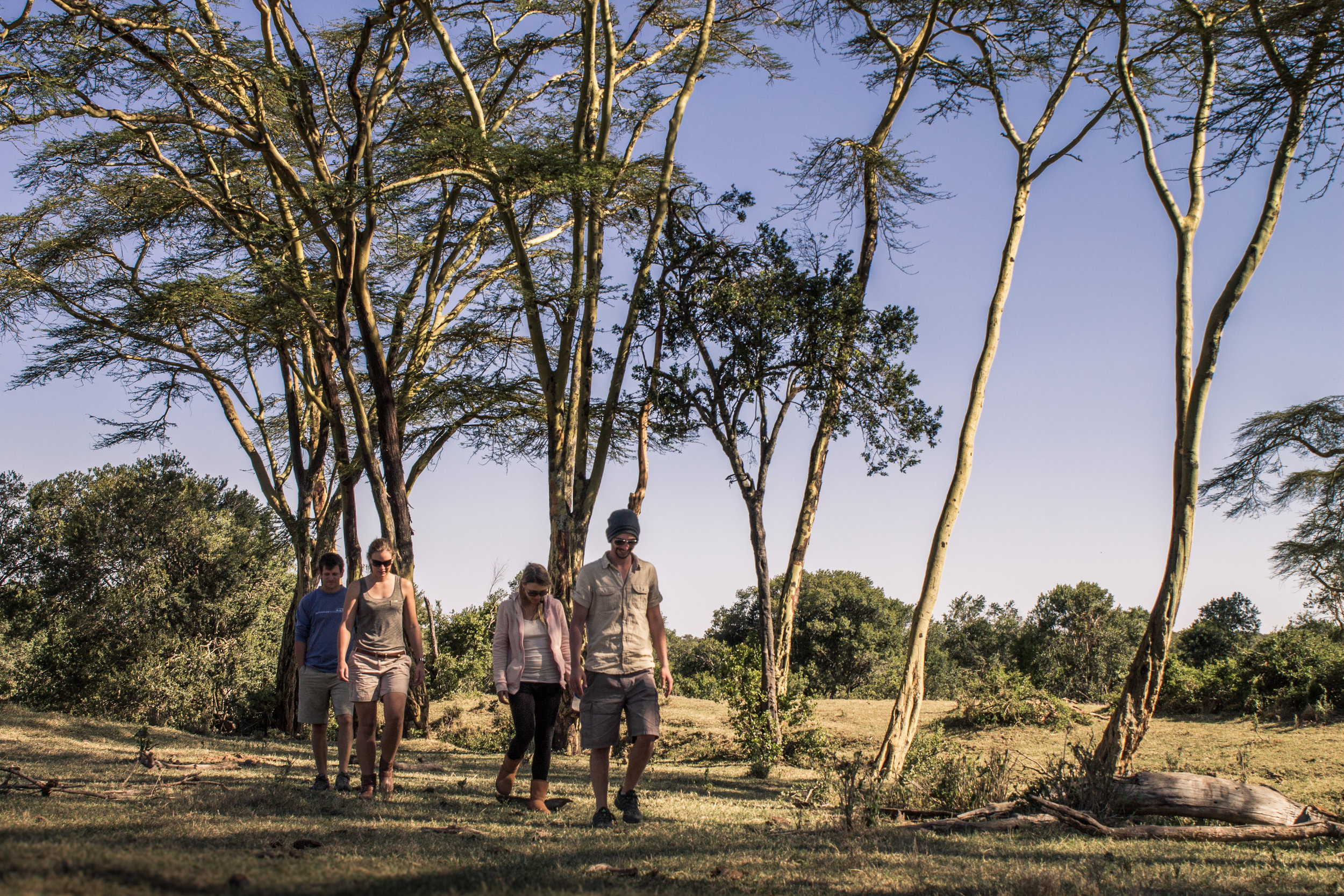Your Kenya Safari Packing List
Jetting off on your safari soon and wondering what to pack? We’ve got you. An African safari is unlike any experience you’ve ever had, and the continent is so vast that your packing list for, say, Rwanda will look very different to your packing list for Kenya. So, let’s get into it.
Here’s your Kenya safari packing list…
CLOTHING
Colours: if you’re wondering if you need to go full khaki cowboy on safari the answer is yes, sort of. Of course, you can still pack your fancy frocks and florals, but bright colours can be distracting for wildlife especially on bush walks and the aim is to blend in as much as you can. If you’re hitting the beach after your safari then don’t forget to take multiple swimwear pieces, light, airy clothes that wick well and lots of reef friendly suncream.
Layers: temperatures can vary greatly from the Kenyan coast and desert areas to the highlands so layers will be your best friend. Light shirts, a fleece and maybe one warmer, slightly thicker coat will be all you need. Pack leggings and shorts too, because it can be chilly in the morning but by mid-morning it’s roasting.
Footwear: people often think hiking boots will be the best solution but, unless you’re traveling in the rainy season, or you’re hiking, these just take up unnecessary space and weight. Comfortable trainers will be fine and high, thick socks do help ward off mosquitoes nipping at your ankles in the evening. Aswell as closed shoes. be sure to pack sandals or similar relaxing footwear for just plodding around the camp in. If you are traveling in the rainy season, waterproof boots or shoes are helpful but you’ll also get by just fine with an old pair of trainers that you don’t mind getting muddy.
Top tip: As well as your suitcase or duffel it’s a great idea to travel with a smaller backpack or tote that you can pop spare clothes, some sunscreen, your phone or camera and a bottle of water in for your game drives.
CAMERAS
Clients so often ask us what kind of camera they need and the answer is, I’m afraid, not as simple as you might hope. Because it depends entirely on what you want from your safari. If you want to return home with a selection of beautiful wildlife photographs that you can blow up and mount on your bedroom wall then your iPhone probably isn’t going to cut it and you’ll need to invest in a good zoom lens. But if you’re more interested in just enjoying the experience and maybe snapping one or two pics of the sunset or the elephants to share on the family group chat then there’s no need to break the bank on a fancy new camera.
One thing to remember is that, if you’re heading off on your Kenya safari holiday with a new camera, make sure you test it and get really comfortable with it before your holiday. Otherwise, you’ll likely spend most of your time fiddling with the settings and you’ll miss all the magic.
OTHER BITS AND BOBS
Memory cards: if you’re into photography, then you’re going to need multiple memory cards for your camera. It’s not uncommon to get home after a week in Kenya with around 3000 pictures to sort through! You will see a lot!
Charging cables/adaptors: don’t forget all your charging cables and adaptors if you need them. Most camps and lodges will have power sockets (3-pin British style sockets) in the rooms or the main area but it’s always useful to have a mobile charging unit handy just in case.
Toiletries/first aid: leaving bulky toiletries at home can help you save space, so check in with your accommodation to see what toiletries they provide. But, as well as your basic toiletries, it’s helpful to carry some essential first aid bits like antihistamine, paracetamol, rehydration salts and after sun lotion. Most camps can facilitate a visit to a nearby doctor but they may not be able to supply you with medications due to liability concerns.
Binoculars: bring them! They may well add weight to your precious baggage limit but no one has ever regretted bringing a pair of binoculars on safari, but so many have regretted leaving them at home.
*A note on luggage. If you are flying locally be sure to check baggage restrictions as most bush flights will be operated by small aircrafts that have strict baggage limits.
Finally, as always, before you lock the door behind you and jump into your taxi to the airport don’t forget to double check you’ve got the essentials handy: passport, flight tickets, visas, emergency cash and cards.
Safari njema!














Crisp mornings, unique photographic opportunities, the drama of an African rainstorm; Google may say that an April Kenya safari is a no-go but here’s why you why should ignore Google and do it anyway.